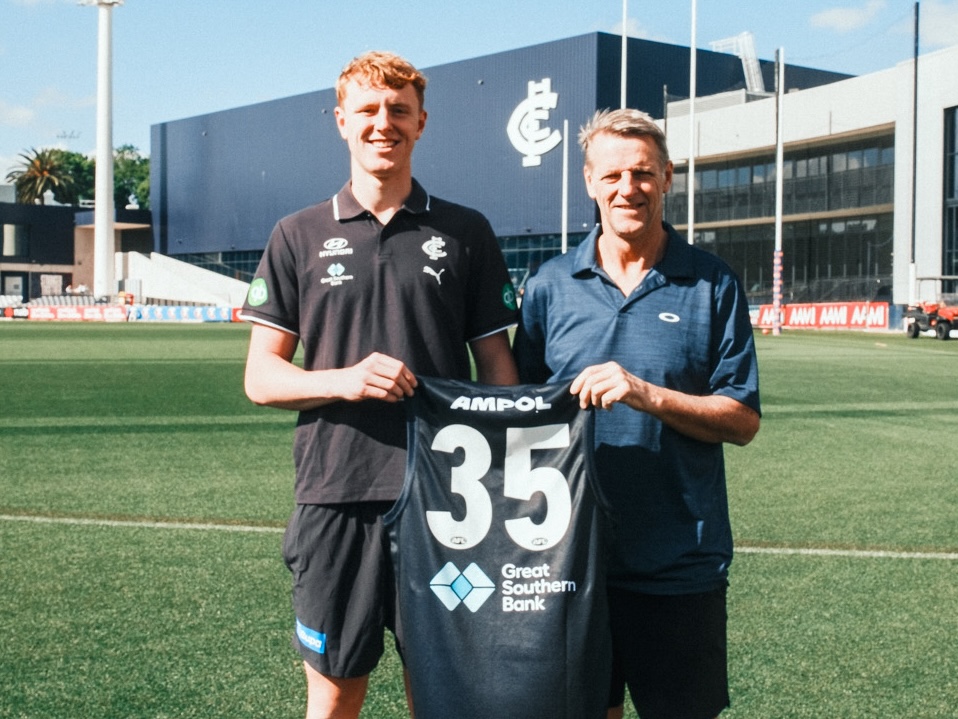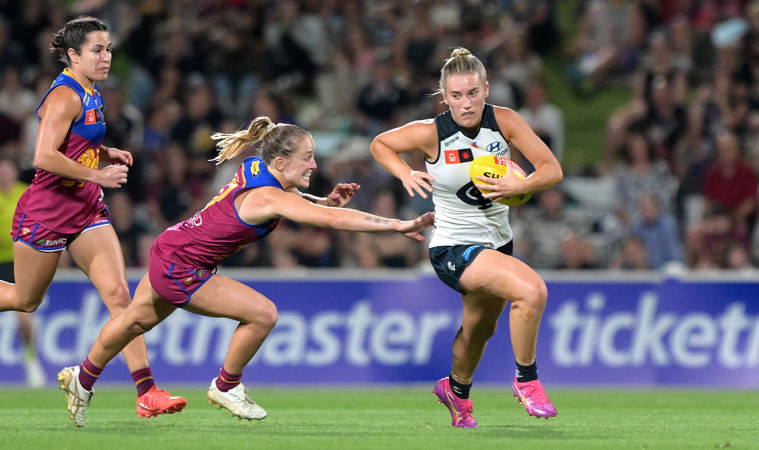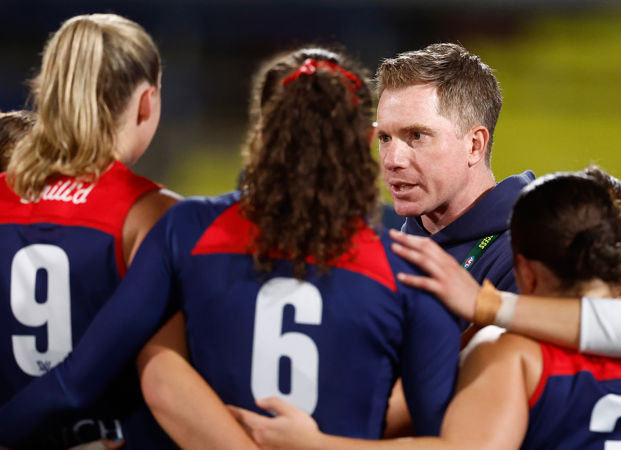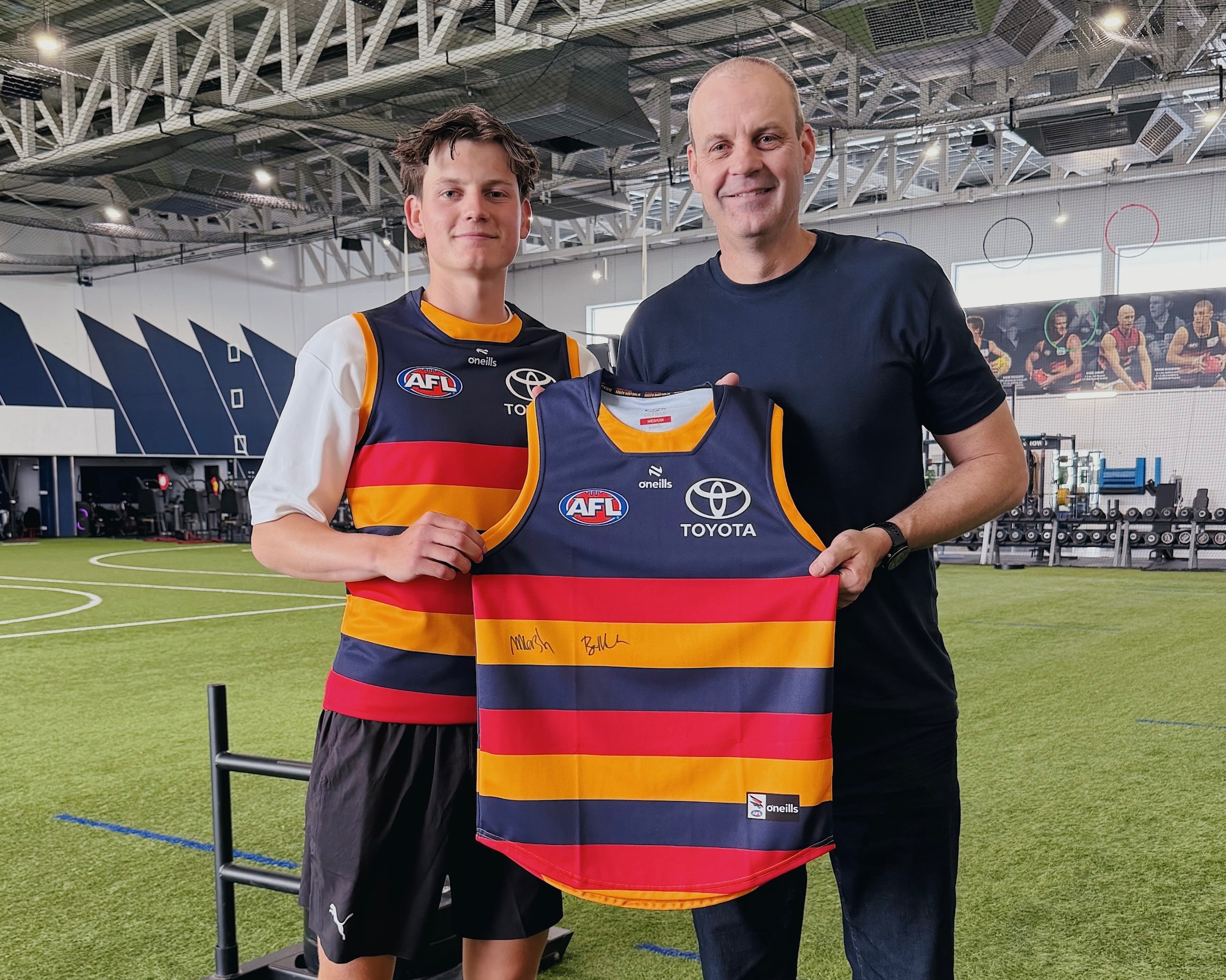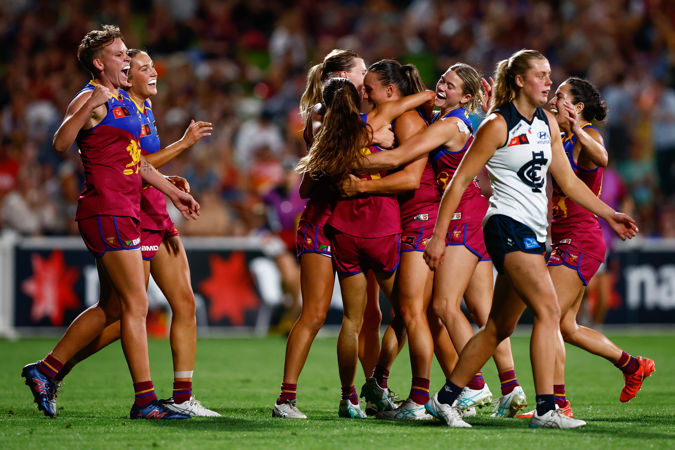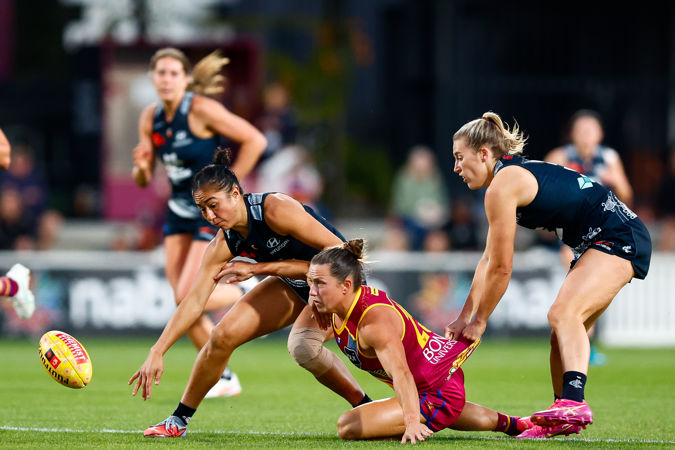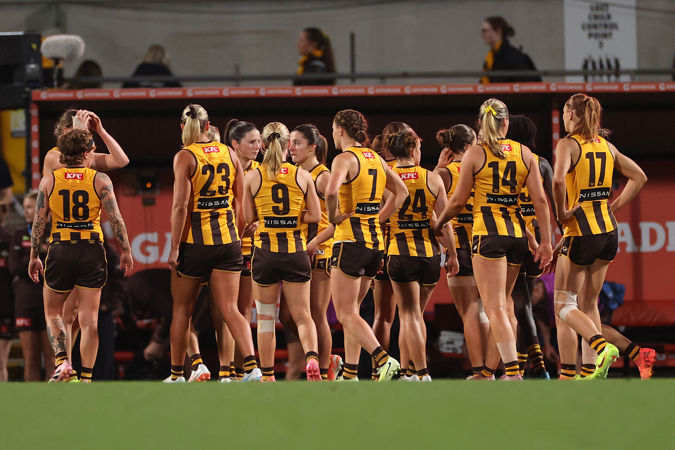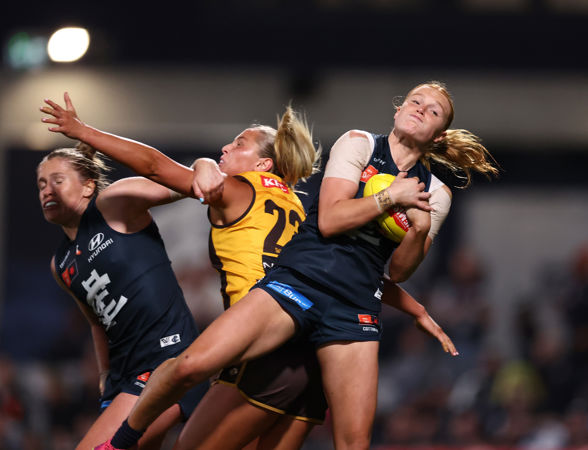How Geelong ensured history did not repeat itself

GEELONG made history yesterday afternoon, defeating Essendon to win its first ever AFL Women’s Final and move on to the semi-finals stage.
The win completed a double turnaround for the Cats, both from last year’s elimination final and from Round 6 this season, which is when the Cats and Bombers last played before yesterday.
But where did this turnaround come from? Let us take a look at the stats and see if we can find the answer.
Possession
To put it plain and simply, Geelong picked up more of the ball yesterday than they did either in last year’s elimination final (plus-37) or back in Round 6 (plus-84).
Getting more of the ball is a pretty obvious step towards winning, but it is bigger than that. Getting more of the ball means being able to control the game, get it on your terms and dictate how the game is played.
Uncontested Possessions
One of the biggest improvements for Geelong from both the elimination final last year and Round 6 was the uncontested possessions count.
Geelong has improved as an uncontested possessions team this season, and like to get it on the outside and run to complement the Cats’ inside ball, so an improvement in this area is huge.
When comparing yesterday’s tally to the elimination final from last year, there was a 23-possession increase, while when comparing to Round 6 there was a 55-possession turnaround.
Aerial dominance
One of the other big areas of improvements was the marks, both inside and outside 50. Geelong has plenty of strong markers in its team, so getting that marking game going is also super important.
They recorded six more marks overall and three more marks inside 50 than they did compared to the Elimination Final last year, while compared to Round 6 it was a 10 mark turnaround.
Less turnovers
Turnovers is one of those categories that sometimes gets overlooked but is super important to the success of any team.
Geelong won the category in all three games, but improved their figures by two from last year’s Elimination Final, while it was a 16-turnover turnaround from Round 6.
Forward efficiency
While most other categories have a noticeable difference between the three matches, the inside 50s and inside 50 efficiency tell a very different story.
Firstly, the inside 50s. Geelong had less inside 50s this time around than they did in the subsequent game a year ago, but more than what they did back in Round 6.
However in both cases the inside 50 efficiency rose significantly. There was a 33 per cent turnaround between the two Elimination Finals, and a 49.7% turnaround between Round 6 and yesterday.




